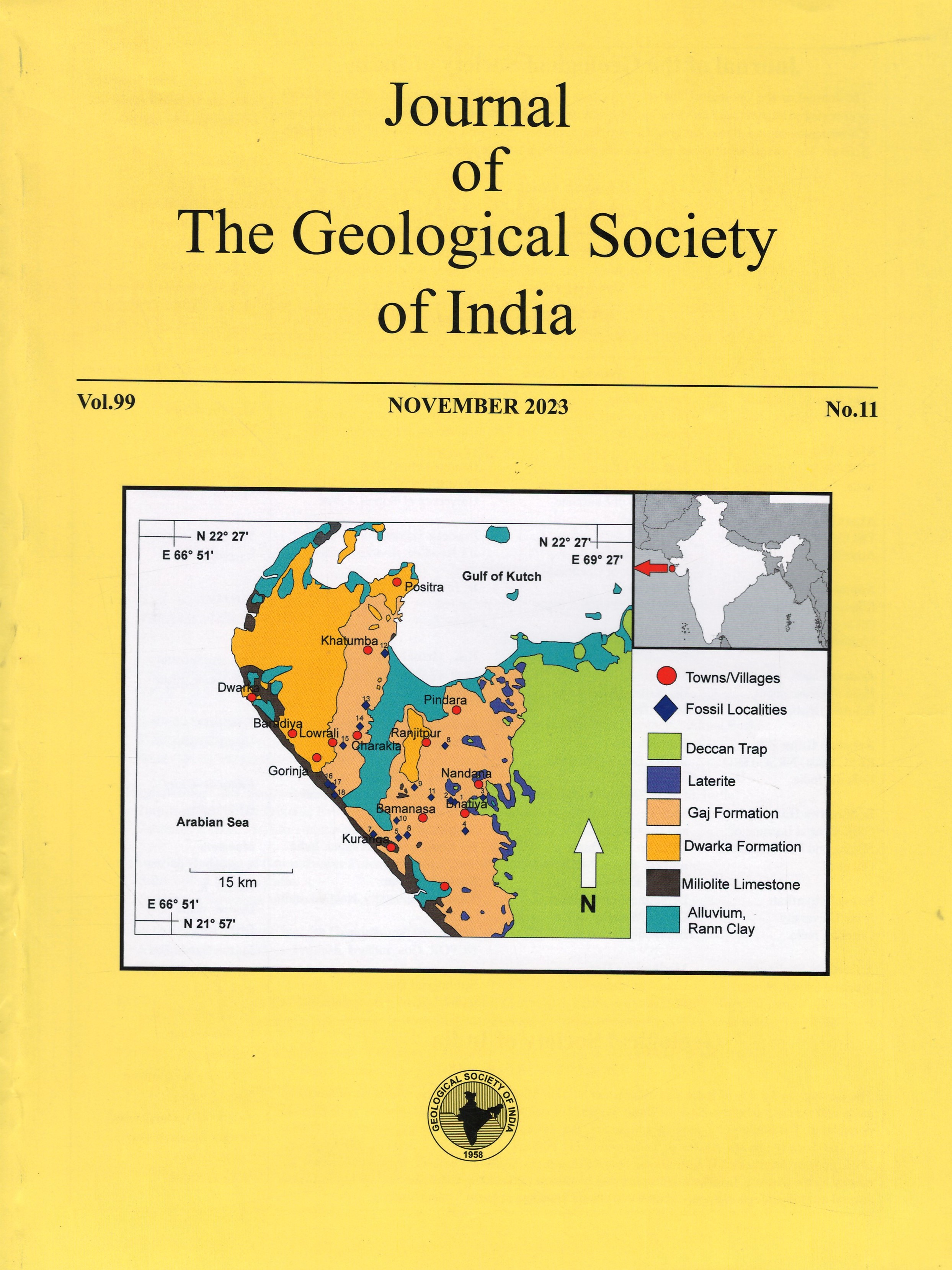Road Drains, An Efficient Tool for Groundwater Recharge – A Remote Sensing and GIS-Based Study on Visakhapatnam, Andhra Pradesh, India
DOI:
https://doi.org/10.1007/s12594-023-2506-7Keywords:
No Keywords.Abstract
Depletion of groundwater levels has become a significant concern worldwide, particularly during dry seasons. The study proposes an innovative and effective method to increase recharge by proposing road drains with the help of geospatial technologies. The study recommends pervious concrete, which allows water to pass through it and recharge the groundwater table. Experiments are carried out with pervious concrete on four different soil types, and the results were analysed using Geographical Information System (GIS) to provide an effective solution for managing water resources in Visakhapatnam. The derived results provide valuable insights into the sustainable management of water resources and improve the overall water utilization efficiency of urban areas. The outcomes of this study drive attention towards the necessity of road drains for groundwater recharge. GIS analysis of the results suggests that in Visakhapatnam alone, a total length of 1,559.94 km of road drains along residential, primary and highway roads can be planned to recharge and conserve a total volume of 3,79,08,762.3 m3/hrs. of groundwater by using the pervious concrete as road drains.

 Pendyala Stephen
Pendyala Stephen






